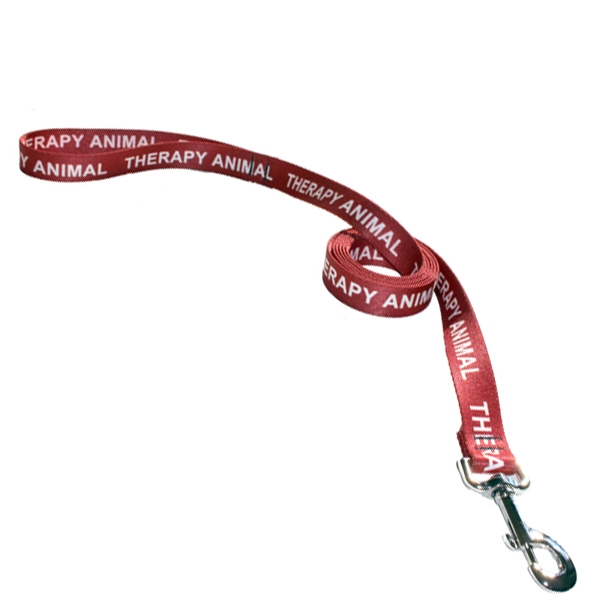Unleashing Comfort: A Comprehensive Exploration of Service Dogs and Sensory Integration Therapy for Children with Sensory Processing Disorders

Sensory processing disorders (SPD) pose unique challenges for children, affecting their ability to navigate and interpret the world around them. In recent years, there has been a growing interest in alternative therapies to support these children, with a particular focus on service dogs and sensory integration therapy. This blog aims to delve into the latest case studies, drawing from academic journals, insights from medical institutions, and heartening testimonials. Our exploration will encompass therapy techniques, the training of service dogs, and provide an educational perspective while addressing challenges and limitations associated with these interventions.
Understanding Sensory Processing Disorders
Before we dive into the effectiveness of service dogs and sensory integration therapy, let’s briefly explore what sensory processing disorders entail. SPD involves difficulties in organizing and interpreting sensory information, leading to challenges in daily activities. Children with SPD may be oversensitive or under sensitive to stimuli such as touch, sound, taste, or smell. This can result in behavioral issues, difficulty in forming relationships, and academic struggles.
The Role of Sensory Integration Therapy
Sensory integration therapy is a widely recognized approach aimed at helping individuals with SPD. The therapy focuses on exposing individuals to sensory stimuli in a structured and repetitive manner, gradually helping them adapt and respond appropriately. Occupational therapists often employ this technique to address sensory challenges, contributing to improved focus, motor skills, and social interactions.
Specific Techniques in Sensory Integration Therapy
To optimize the effectiveness of sensory integration therapy, therapists utilize specific techniques tailored to individual needs. Deep pressure massages, swinging activities, and sensory-rich play environments are common methods employed to help children with SPD regulate their sensory responses. These techniques are integrated into personalized therapy plans, ensuring a targeted and effective approach.
Training Service Dogs for SPD Assistance
The process of training service dogs to assist children with SPD is a specialized and collaborative effort between canine experts and occupational therapists. Canine experts work closely with therapists to identify specific sensory triggers for each child. Dogs are then trained to recognize and respond to these triggers, providing a calming presence during overwhelming situations.
Specific Techniques in Service Dog Training:
- Recognizing Sensory Triggers:
- Canine experts collaborate with therapists to identify sensory triggers for each child.
- Dogs are trained to recognize signs of distress or anxiety related to sensory stimuli.
- Deep Pressure Therapy:
- Dogs are trained to provide deep pressure therapy through gentle leaning or lying across the child’s lap during overwhelming situations.
- This technique helps regulate sensory responses and provides a calming effect.
- Alerting to Auditory Stimuli:
- For children with auditory sensitivities, dogs are trained to alert the child to specific sounds.
- This may involve the dog nudging the child or providing a signal when a potentially distressing sound is detected.
- Tactile Support:
- Dogs are trained to provide tactile support by nudging or applying gentle pressure in response to the child’s tactile sensitivities.
- This helps desensitize the child to certain tactile stimuli over time.
- Navigating Social Environments:
- Service dogs are trained to guide children through social interactions, acting as a supportive companion in challenging environments.
- This enhances the child’s confidence and social skills.

Case Studies: The Transformative Bond
Numerous case studies illustrate the transformative bond between children with SPD and their service dogs. The implementation of these specific training techniques has been pivotal in fostering emotional regulation, improved social interactions, and overall enhanced well-being for the children involved.
Educational Perspective: Integrating Service Dogs into School Environments
As the benefits of service dogs become more apparent, educational institutions are exploring ways to integrate them into school environments. Service dogs can accompany children with SPD to school, providing consistent support throughout the day. Educators report positive changes in the overall classroom atmosphere, highlighting increased empathy and understanding among students.
Challenges and Limitations
While the positive impact of sensory integration therapy and service dogs is evident, it is crucial to acknowledge the challenges and limitations associated with these interventions. One challenge lies in the accessibility of service dogs, as the demand often exceeds availability. However, the Americans with Disabilities Act (ADA) allows anyone to train their own service dog. There are many resources out there, including books and/or videos that may assist with different techniques to train your own service dog.
Additionally, not all individuals with SPD may respond positively to sensory integration therapy, emphasizing the need for personalized approaches.
Conclusion
In the intricate world of sensory processing disorders, the combination of sensory integration therapy and the companionship of service dogs offers a holistic and promising approach. The case studies explored in this blog shed light on the transformative effects these interventions can have on the lives of children with SPD. By delving into the specific techniques involved in training service dogs, we gain a deeper understanding of how these interventions can be tailored to meet the unique needs of each child. Through ongoing research, collaboration between professionals, and a commitment to individualized care, we can strive to create a more inclusive and supportive environment for children with sensory processing disorders.













































































